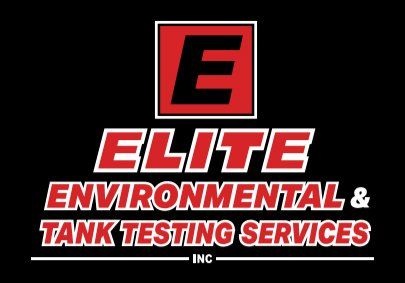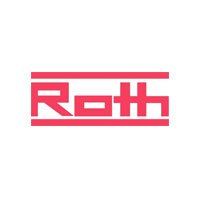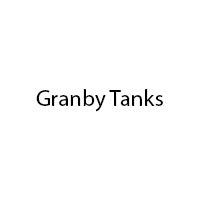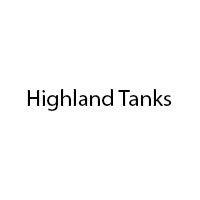Where Perfection Runs Deep
Tank Installation Services
Discounts for Veterans and Police | Free Site Inspections | Free Estimates
Discounts for Veterans and Police
Free Site Inspections
Free Estimates
Hours:
Let Us Provide Oil Tank Installations
Indoor and Outdoor Tanks
Above-Ground and Underground Tanks
Outdoor tanks are usually larger and require more maintenance compared to indoor tanks. They have two types, above-ground and underground. Above-ground tanks can be either plastic or steel. These tanks require the least maintenance and have a simple installation process. They are also the most environmentally friendly oil tanks. Underground oil tanks are mostly steel but may have a polyurethane jacket to protect them from corrosion.
The space above underground tanks is free for other uses. The most common types of underground tanks are known as non-regulated underground tanks. These can be residential heating oil tanks of varying sizes, but certain agricultural and residential motor fuel tanks for non-commercial use are also considered non-regulated underground tanks.
These underground tanks are placed in basements, cellars, mines, drift shafts, or tunnels. Non-regulated tank replacements require only a local building department permit and inspection by the local building authorities.
Tank Installation Location
Choosing the right installation location is crucial as it is chosen to ensure that the impact of any oil spill on your health, property and the environment is minimum in case there are any. Oil leakages can remain undetected for several years, hence choosing the right location is especially important for underground tanks.
Indoor tanks must be stored in a safe place where the hazard of fire is non-existent, and the risks of environmental pollution from oil spills are the lowest. They are usually installed inside a secondary container in a fire-resistant compartment located at the lowest level of the building. Call us today for professional oil tank installation
Oil Tank Installers
Call us for a FREE estimate
(845) 528-0370





Share On: